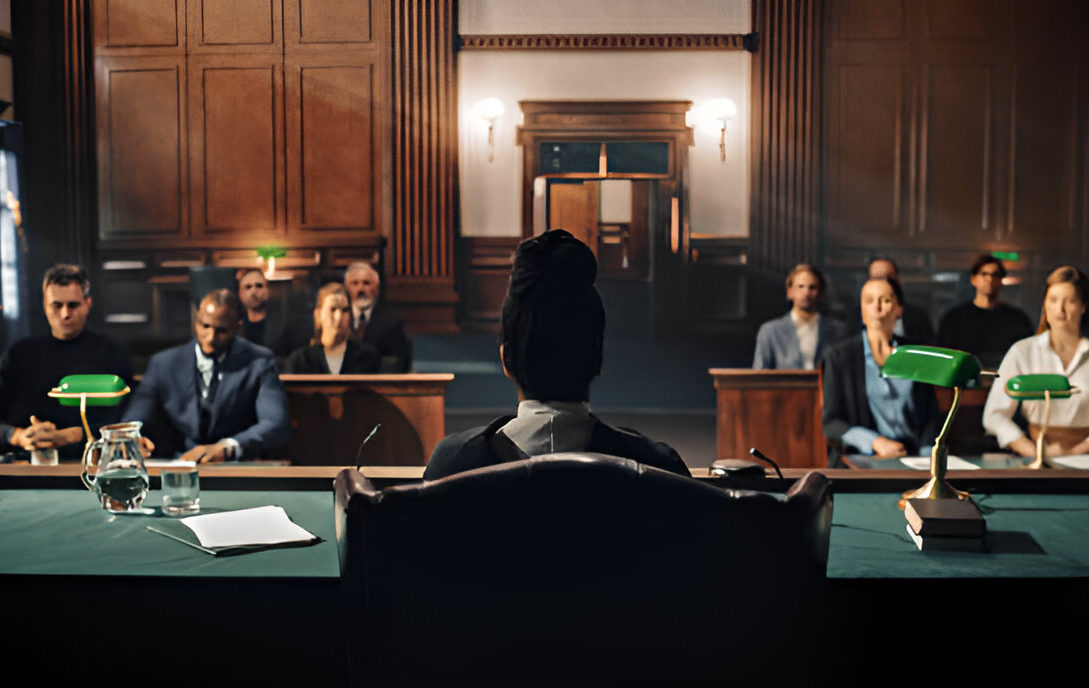In a personal injury lawsuit, handling multiple defendants introduces complexity to an already challenging process. When more than one party is involved, determining liability, navigating varied legal defenses, and building a cohesive case strategy becomes crucial. Plaintiffs need a clear understanding of how each defendant’s role in the injury will impact the case, along with the legal strategies necessary to address these complexities. Properly managing multiple defendants not only strengthens the case but also maximizes the potential for fair compensation.
Role of Multiple Defendants
When multiple defendants are named in a personal injury lawsuit, it typically means that more than one person or entity may share responsibility for the injury. This could involve cases like multi-car accidents, construction site injuries, product liability incidents, or premises liability cases where multiple parties contributed to unsafe conditions. Each defendant’s role may vary, from directly causing the injury to failing to prevent it.
In multi-defendant cases, liability is often divided based on the principle of “comparative fault,” where each party is assigned a percentage of fault. This system allows for more equitable judgment and can affect the final compensation awarded to the plaintiff. Understanding this shared liability is essential when preparing for legal proceedings involving several defendants.
Do you want to visit Haridwar? travel agents in Haridwar is the right place to plan your tour. You can book your tour from here.
Identifying Defendants and Establishing Their Liability
Evaluating Each Defendant’s Level of Responsibility
Determining each defendant’s level of responsibility is one of the first steps in a personal injury lawsuit with multiple defendants. To build a strong case, plaintiffs must thoroughly examine each party’s involvement in the incident. This includes gathering evidence, such as witness testimonies, expert analysis, and accident reports, that can clarify the contribution of each defendant.
For example, in a multi-car accident, one driver may have initially caused the crash, but subsequent actions by other drivers worsened the situation. Establishing the sequence of events and each party’s role is key to assigning liability fairly. By accurately pinpointing responsibility, the plaintiff can strengthen their case and increase the likelihood of a favorable outcome.
Determining Joint and Several Liability
In some cases, defendants may be held jointly and severally liable, meaning each defendant can be held responsible for the full extent of the damages, regardless of their contribution. This principle ensures that plaintiffs are more likely to receive compensation even if one or more defendants cannot pay their portion. For example, if one defendant is unable to fulfill their financial obligation due to bankruptcy or lack of assets, the remaining defendants may be required to cover the total amount.
Do you want to visit char dham? char dham tour operator is the right place to plan you Char Dham tour. You can book you tour from here.
However, this approach can complicate negotiations and settlements, as defendants may dispute their level of liability to reduce their financial burden. Plaintiffs, therefore, need a clear understanding of the applicable liability laws and should work closely with an experienced legal team to navigate these issues.
Building a Cohesive Strategy
Preparing for Differing Legal Defenses
In a personal injury lawsuit involving multiple defendants, each party will likely have its defense strategy. Defendants often seek to shift blame onto each other to minimize their liability. This can lead to conflicting statements and evidence, requiring the plaintiff’s legal team to anticipate and counter various arguments.
For instance, in a construction site accident involving a contractor, subcontractor, and property owner, each defendant may argue that another party was responsible for maintaining safety standards. To manage these differing defenses, plaintiffs should gather solid evidence and witness testimonies that can refute contradictory claims. Working with a skilled attorney who understands the nuances of multi-defendant cases will ensure that each defense is addressed effectively.
Organizing Evidence for Multiple Defendants
When handling several defendants, managing and organizing evidence becomes crucial. Each defendant’s actions need to be analyzed separately, but the evidence must also create a cohesive narrative that supports the plaintiff’s claim. This requires a systematic approach to gathering and presenting information, such as police reports, surveillance footage, and expert testimony, to establish the responsibility of each party.
Evidence organization is especially critical in complex cases like product liability claims, where manufacturers, distributors, and retailers may all be named as defendants. Presenting clear, organized evidence simplifies the trial process and can prevent delays, as well as minimize the chances of conflicting testimonies from various parties.
Navigating Settlement and Negotiations with Multiple Defendants
Strategies for Settlement Discussions
Settlement negotiations become more complex with multiple defendants, as each defendant’s legal team may have different objectives and financial limits. Defendants might negotiate separately or together, depending on their level of involvement and shared interests. Plaintiffs should consider these dynamics carefully to decide whether to pursue a collective settlement or negotiate with each defendant individually.
Do you want to visit Indiar? tour operator in India is the right place to plan your tour. You can book your tour from here.
For example, in a multi-car accident, one defendant may be more willing to settle due to clear evidence against them, while another may hold out, hoping to reduce their share of liability. Effective negotiation skills and an understanding of each defendant’s position are essential to reach a fair settlement that compensates for all damages.
Balancing Settlement Offers and Trial Risks
Settlement offers can vary widely, especially when multiple defendants are involved. Plaintiffs must weigh each offer against the potential risks of proceeding to trial, where multiple defendants could introduce complications that extend the duration and cost of the case. Consulting with a seasoned attorney who understands multi-defendant cases can help plaintiffs evaluate whether an offer is fair or if pursuing a trial is more beneficial in the long run.
A well-prepared legal team can assess settlement offers from each defendant individually and decide if an out-of-court resolution would yield satisfactory compensation. This approach helps plaintiffs avoid the risks of prolonged litigation while ensuring they receive appropriate financial recovery.
Choosing the Right Legal Representation for a Multi-Defendant Case
Importance of Experienced Legal Representation
Navigating a multi-defendant personal injury lawsuit requires an experienced legal team familiar with complex liability and multi-party litigation. Law firms that specialize in personal injury cases are better equipped to handle the unique challenges presented by multiple defendants, from evidence collection to liability assessment.
If you’re involved in such a case in California, working with a reputable law firm in Los angeles ensures that you have access to professionals who understand local laws and court procedures. Experienced attorneys can anticipate common defense strategies used by multiple parties and develop a cohesive legal approach to overcome them. Their expertise is crucial in multi-defendant cases, where each defendant’s strategy may differ significantly.
Collaborating with Experts for Stronger Evidence
Expert witnesses can play a critical role in personal injury lawsuits with multiple defendants. By offering independent analyses of the incident, experts like accident reconstruction specialists, engineers, or medical professionals can provide objective insights that clarify each defendant’s role. Their testimony adds credibility to the plaintiff’s claims and helps counter contradictory defenses presented by multiple defendants.
Some plaintiffs even incorporate holistic health perspectives, like Reiki Healing Online, to address their emotional and physical recovery from the incident. By understanding and conveying the full extent of injuries, including those that impact mental well-being, plaintiffs can present a compelling case that highlights the need for appropriate compensation.
Conclusion
Handling multiple defendants in a personal injury lawsuit requires strategic planning, strong evidence, and experienced legal guidance. Each defendant’s unique role, potential defenses, and liability share add layers of complexity that plaintiffs must navigate skillfully. With an organized approach to evidence and a well-coordinated legal strategy, plaintiffs increase their chances of achieving fair compensation, whether through settlement or trial.
By working closely with a knowledgeable legal team, plaintiffs can effectively manage the complexities of multi-defendant cases, presenting a cohesive argument and advocating for their rights. Through preparation, collaboration with experts, and understanding the legal dynamics of multiple defendants, plaintiffs are better positioned to navigate these challenging cases and secure the justice they deserve.



